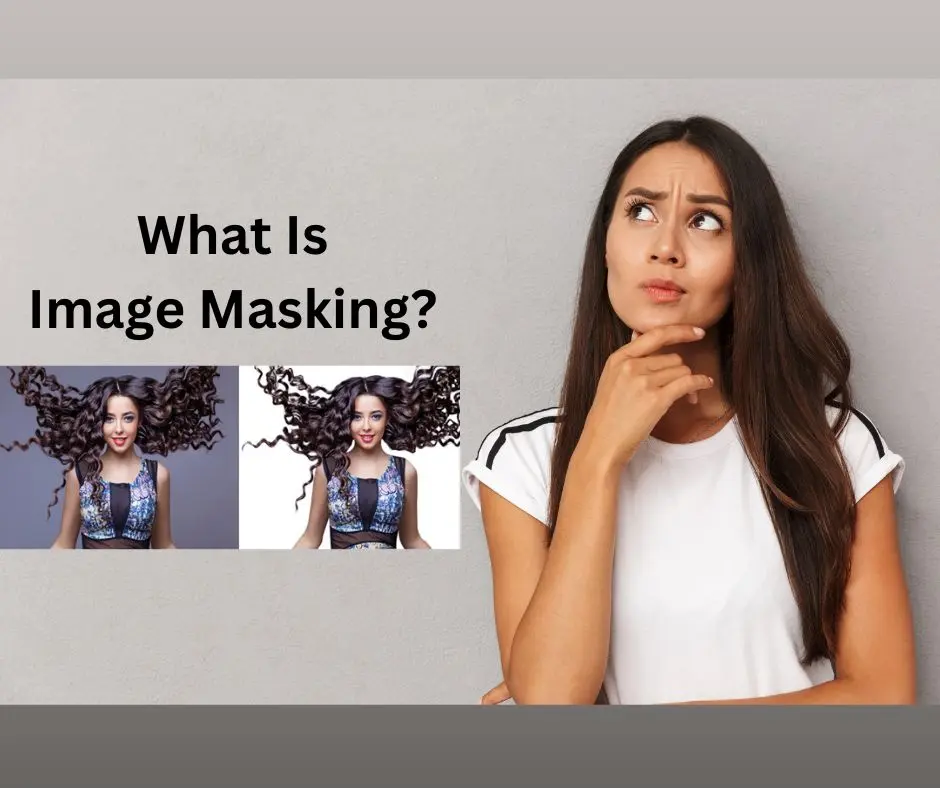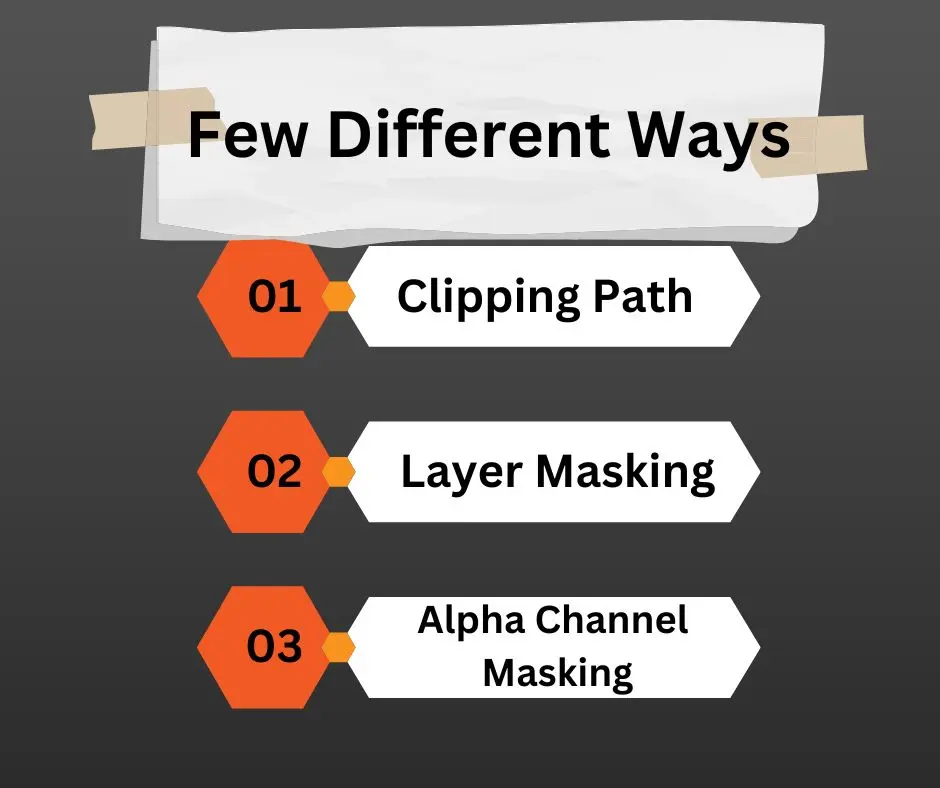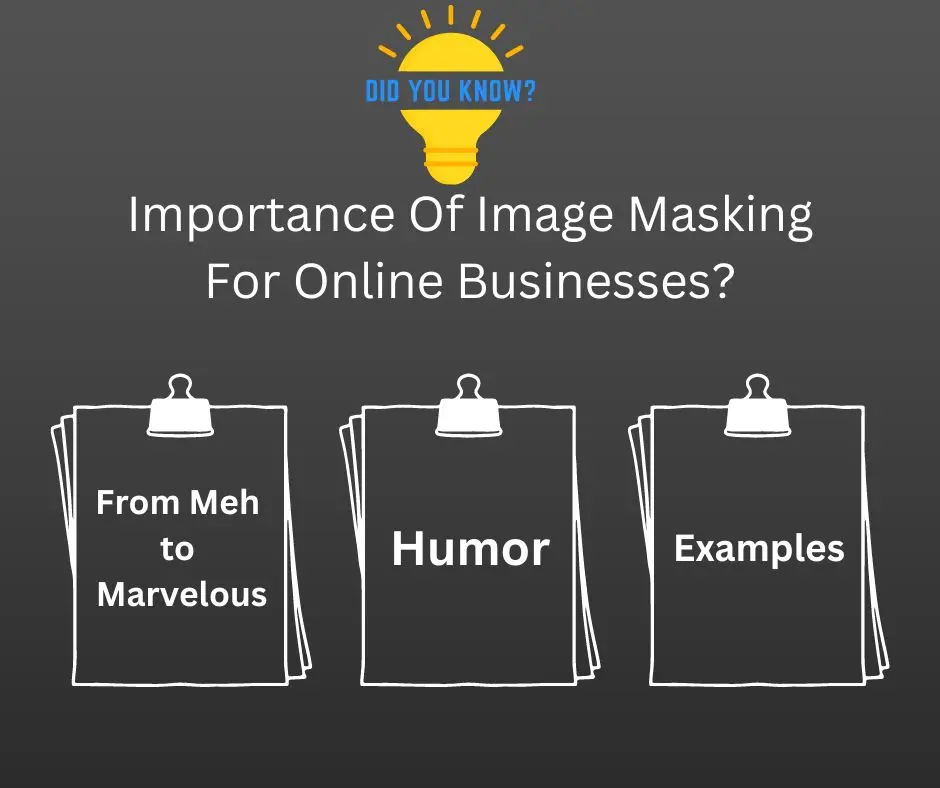Have you ever been on a website, scrolled through its pages and then all of the sudden stopped because of that one product? Product photos are one of the best weapons at your disposal as an e-commerce business, and image masking goes a huge way in achieving that magic. But do not be alarmed, it is not real wizardry! Image Masking: When you want to select some specific part of your photos.
There are a couple of ways to get your head wrapped around this masking magic: You don’t have to turn into Photoshop Master Wizard right out the door. The following are three of the most frequent sorts that you will possibly encounter:
What Is Image Masking?

It is kinda like magic for your photos. For the most part, it simply tries to tell your editing software exactly what parts of an image you are interested in keeping and which can generally just go ahead and hit the road. You could visualize it as wielding a Google-proof, stealth paintbrush to pick out the good stuff and cover up or erase everything else.
Cool part: you do neat things with image masking.
- Transform your unorganized background to a fresher version of reality. Great for featuring products online or turning your travel snaps into postcards.
- Replace that dull background with something interesting. So drop your furry friend onto a sun-kissed beach backdrop, or transport yourself to any city on the planet with us.
Begone photobombers. Photo: Getty Images No rogue frisbees or unsuspecting tourists photo-bombing your pictures now!
Categorized as image masking, this can sound like the jargon of high-level photo editing but is such a photo enhancer tool and technique that your photos should be totally incomplete without it
Few Different Ways
Now, there are all kinds of different ways to get this mask-y look for your image and you truly do not have to turn into some kind of Photoshop master overnight. Here are the three most common types you’ll likely encounter:

The Clean Cut Out: Clipping Path –
Imagine super sharp digital scissors; you can cut your product out of its background. For that, we use a clipping path to obtain an image looking something like the one below with a perfectly transparent background. Great for products and solid-colored backdrops (t-shirts, handbags).
Furry Friends and Fancy Edges: Layer Masking –
The not-so-neat edges of every product in the catalog. Imagine a furry or hairy garment, maybe an exception jewelry\Seeder with gold particles This is where layer masking comes in. The feather feature allows you to smoothly blend and paint away parts of your image, leading to a realistic cut-out that effortlessly follows the most challenging curves.
Flaunting the Invisible:
Alpha Channel Masking Bigger things like a billowy scarf or those expensive shades are too cool to be seen by all. Thus, it allows you to specify opacity of different regions in your image via alpha channel masking. That way, you get to highlight all those neat transparent details without any background peeking through.
Well, how many types of masking do you require? That is all conditional on the products of course! Clipping paths — You probably only sell very simple items and they all have a solid background. Anything more complex will likely require a layer or alpha channel mask.
Importance Of Image Masking For Online Businesses?
The importance of image masking for online businesses. Here are some minor tweaks you can consider:

- Title: “From Meh to Marvelous: How Image Masking Makes Your Products Pop Online” This title is a bit more catchy and emphasizes the transformative power of image masking.
- Humor: You could add a touch of humor to the first paragraph. For example, “Ever scroll past a product image online that looks like it was photographed in a cluttered garage sale? Yeah, not exactly confidence-inspiring, is it?”
- Examples: Consider adding specific examples of products that benefit greatly from image masking. “Think jewelry, clothing with intricate details, or even furniture. Image masking lets you showcase these products in all their glory, without any background distractions.”


